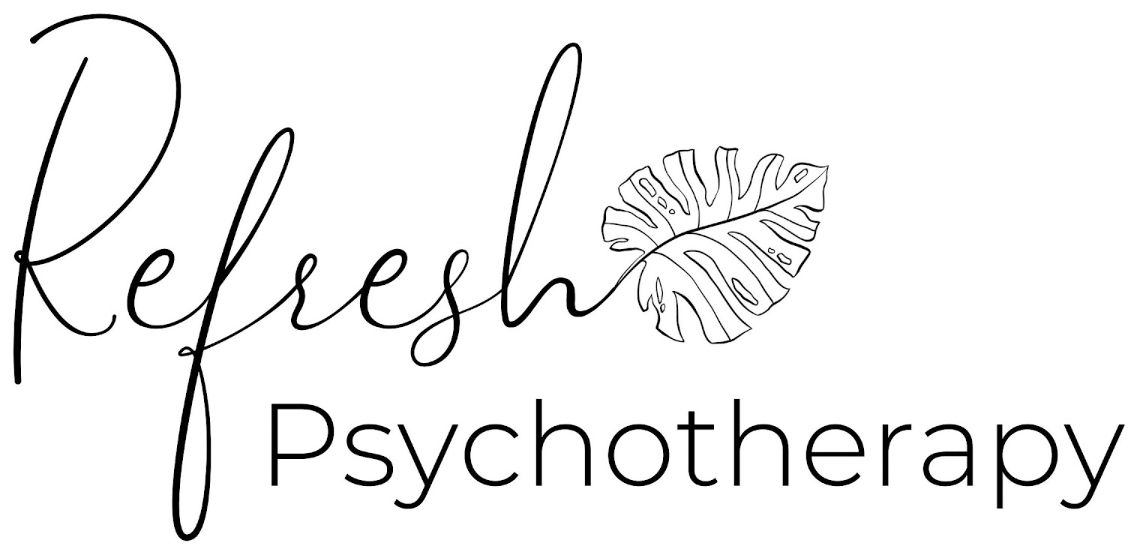
How to Deal with Emotional Overwhelm Without Shutting Down
Feeling overwhelmed isn’t just about being “too emotional.” It’s a physiological response to perceived overload—and it can happen to anyone. Whether triggered by stress, conflict, sensory input, or internal pressure, emotional overwhelm can cause a cascade of symptoms: racing thoughts, irritability, tension, indecision, or even total shutdown.
For many people, especially those with trauma histories, neurodivergence, or chronic stress exposure, this shutdown can feel automatic and impossible to stop. But you can learn to interrupt the cycle. This article explains the psychology of emotional flooding and offers evidence-based tools to manage overwhelm without dissociation, withdrawal, or emotional numbing.
What Is Emotional Overwhelm?
Emotional overwhelm happens when the intensity of your emotional experience exceeds your nervous system’s capacity to regulate in the moment (Linehan, 1993). When this happens, your brain may default to fight, flight, freeze—or fawn. The freeze response, in particular, can feel like shutting down: becoming detached, passive, blank, or emotionally flat. While this response can be protective in the short term, over time it erodes your sense of agency.
People with unresolved trauma, sensory sensitivity, or mood disorders are more likely to experience overwhelm because their emotional bandwidth is already taxed (Van der Kolk, 2014). You don’t need to have a diagnosable condition to feel this, though—burnout, perfectionism, and long-term stress can lead to the same freeze pattern.
Signs You’re Emotionally Overwhelmed
Recognizing overwhelm early is the first step to staying present. You might be on the brink of emotional shutdown if you notice:
- Difficulty making small decisions
- Sudden emotional numbness
- Urge to isolate or avoid contact
- Feeling frozen, paralyzed, or spaced out
- Inner dialogue that says “I can’t deal with this”
- Avoidance of tasks, even when they’re low-effort
- Physical symptoms like shallow breathing or body tension
If this sounds familiar, you’re not broken. You’re overwhelmed—and your body is trying to help you survive the moment.
How to Stop Emotional Overwhelm Without Shutting Down
1. Learn Your Pre-Shutdown Signals
Prevention starts with recognizing your unique cues. Research shows that increased interoceptive awareness—your ability to notice internal body signals—can help regulate emotional responses (Füstös et al., 2013). Start tracking moments when you feel yourself disconnecting. Do your shoulders tense? Does your mind go blank? Does your voice get quiet?
Naming your shutdown signals is a first step toward reclaiming control.
2. Use Grounding Before Problem-Solving
Trying to “logic” your way out of overwhelm doesn’t work if your nervous system is dysregulated. Grounding techniques engage the sensory and present-focused parts of your brain to interrupt the overload. Try:
- Touching a textured object
- Running cold water over your hands
- Naming five things you can see
- Breathing out longer than you breathe in
Grounding lowers sympathetic arousal (flight/fight) and helps re-engage your frontal lobe, where decision-making and perspective live (Ogden et al., 2006).
3. Shrink the Task, Not Yourself
When everything feels like too much, your brain can’t filter what’s urgent from what’s just loud. Instead of “pushing through,” zoom in. What’s the next tiny step? Not the whole report—just opening the laptop. Not the entire kitchen—just putting one dish in the sink.
This technique is supported by behavioral activation strategies, which break tasks into small, tolerable actions to reduce avoidance and increase follow-through (Martell et al., 2001).
4. Validate the Feeling, Then Contain It
Overwhelm becomes worse when you shame yourself for it. Self-criticism floods the brain with even more stress hormones, increasing the shutdown response (Gilbert, 2010). Try saying:
- “Of course I feel overloaded right now.”
- “I don’t need to fix everything—just help myself feel safer in this moment.”
- “This will pass, and I’ve survived it before.”
Once you’ve validated your feelings, gently contain them. Journaling, voice notes, or even setting a 15-minute “worry window” can help create emotional boundaries without suppressing your experience.
5. Ask Your Body What It Needs, Not Just Your Mind
When we’re overwhelmed, our impulse is often to overthink. But regulation happens in the body first. Consider:
- Have I eaten recently?
- Am I overstimulated or under-stimulated?
- Do I need movement or stillness right now?
Engaging the body helps shift you out of shutdown and back into agency (Porges, 2011). This is not a distraction—it’s a recalibration.
6. Delay Major Decisions Until You’re Regulated
Overwhelm hijacks your ability to think long-term. It may tell you to quit your job, end a relationship, or change everything at once. While these decisions may still be valid later, they shouldn’t be made from a flooded nervous system. Neuroscience confirms that stress impairs prefrontal cortex function, leading to impulsive or reactive decision-making (Arnsten, 2009).
Instead, create a holding pattern: “I’ll revisit this tomorrow after I’ve done something calming.” That’s not avoidance—it’s strategy.
Why Emotional Shutdown Isn’t Failure
Many people assume emotional overwhelm means they’re weak, irrational, or mentally unwell. In reality, shutdown is a nervous system response that once kept you safe. Learning to recognize and respond to overwhelm isn’t about controlling emotions—it’s about building emotional resilience through informed, body-based self-regulation.
You don’t need to be calm all the time. You just need tools to help you return to yourself—without disappearing.If emotional shutdown is something you struggle with regularly, you don’t have to navigate it alone. Therapy can help you develop emotional regulation skills, reconnect with your body, and understand the root causes of overwhelm. Book your appointment today at
Written by: Keeley Teemsma, LCSW, MA
Works Cited
Arnsten, A. F. (2009). Stress signalling pathways that impair prefrontal cortex structure and function. Nature Reviews Neuroscience, 10(6), 410–422.
Füstös, J., Gramann, K., Herbert, B. M., & Pollatos, O. (2013). On the embodiment of emotion regulation: Interoceptive awareness facilitates reappraisal. Social Cognitive and Affective Neuroscience, 8(8), 911–917.
Gilbert, P. (2010). Compassion Focused Therapy: Distinctive Features. Routledge.
Linehan, M. M. (1993). Cognitive-Behavioral Treatment of Borderline Personality Disorder. Guilford Press.Martell, C. R., Addis, M. E., & Jacobson, N. S. (2001). Depression in Context: Strategies for Guided Action. Norton.
Ogden, P., Minton, K., & Pain, C. (2006). Trauma and the Body: A Sensorimotor Approach to Psychotherapy. W.W. Norton.
Porges, S. W. (2011). The Polyvagal Theory: Neurophysiological Foundations of Emotions, Attachment, Communication, Self-regulation. W.W. Norton.
Van der Kolk, B. A. (2014). The Body Keeps the Score: Brain, Mind, and Body in the Healing of Trauma. Viking.
